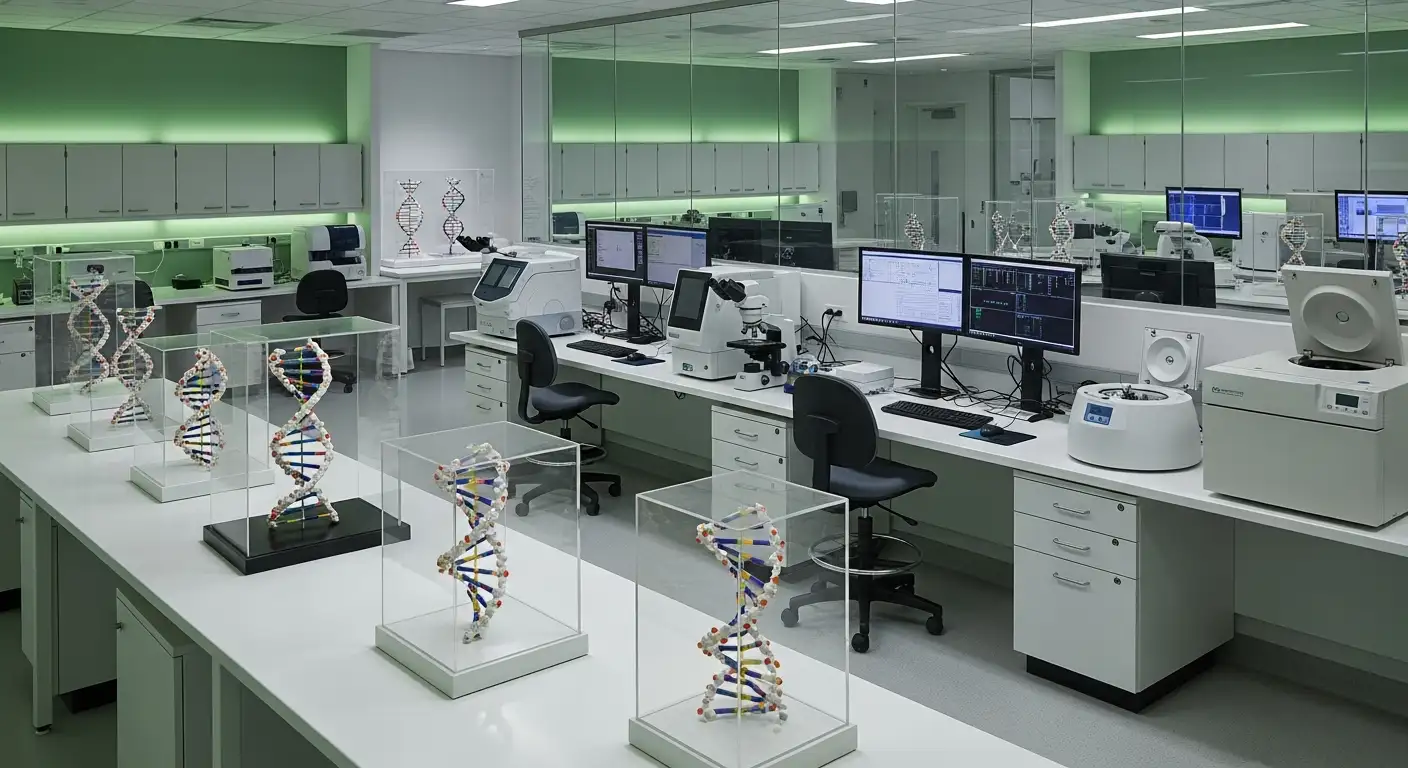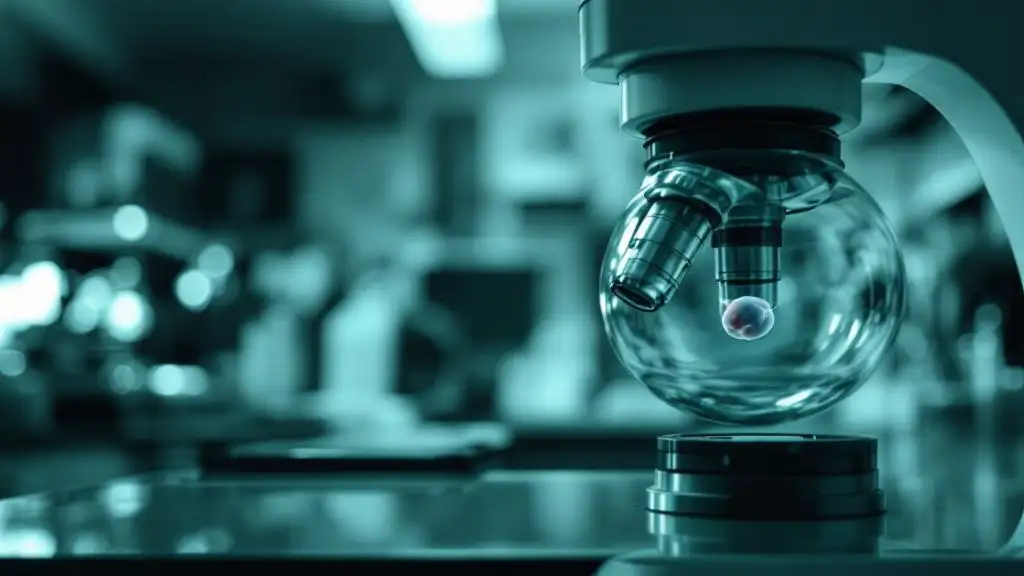How to explain fertility care to your children later
Guiding Your Children Through the Family’s Fertility Journey

Establishing Trust and Openness About Family Beginnings
Explaining fertility care and reproductive history to children is a delicate yet vital process that nurtures trust, honesty, and understanding within the family. Early, age-appropriate conversations about how families are formed help children develop a healthy identity and reduce misconceptions or feelings of secrecy. This article offers comprehensive guidance on how to approach these conversations thoughtfully, with a focus on honesty, empathy, and respect.
Understanding the Importance of Age-Appropriate Communication
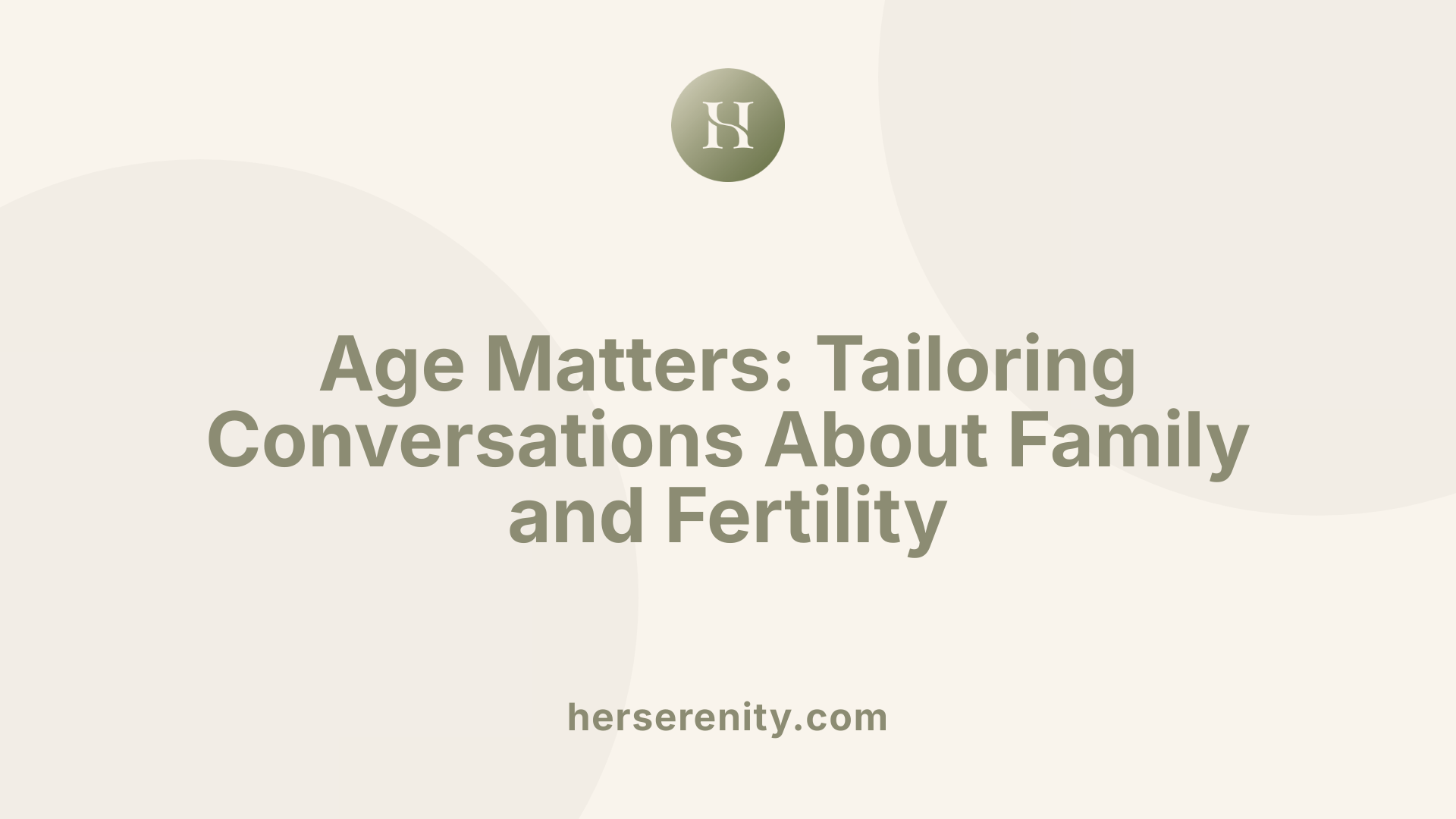
How should I approach explaining fertility, reproductive processes, and fertility treatments to children in an age-appropriate and sensitive manner?
Talking openly about fertility and reproductive health with children is an important part of building trust and understanding within the family. The approach should be guided by the child’s age and developmental stage, ensuring explanations are appropriate, honest, and respectful.
For very young children, such as preschoolers, it’s best to start with simple language. You might say, “A baby grows in a mother’s belly and comes out of her vagina,” avoiding overly detailed or technical terms. Using straightforward, non-shameful words helps normalize the child's curiosity about their own body and family origins.
As children grow older, their questions often become more detailed. School-age children are ready to hear about how sperm and eggs meet and how a baby develops in the uterus. For them, explanations can include simplified descriptions of biological processes, emphasizing that they are part of natural life.
Tweens and teenagers can handle more comprehensive information. You might explain how conception involves the union of an egg and sperm, how various fertility treatments assist this process, and discuss their own family’s specific story if appropriate. At this stage, including honest details about medical procedures, the role of donors or surrogates, and legal aspects helps foster transparency.
Throughout all stages, it’s important to encourage questions, answer them with honesty, and adapt responses as children’s understanding deepens. Supportive resources, like children’s books about fertility, donor conception, or assisted reproduction, can help illustrate these topics visually and age-appropriately.
Normalizing curiosity is vital; let children know it’s okay to ask questions and that their feelings and reactions are valid. Reinforce that all bodies are natural, and discussing bodies and reproduction is a normal part of learning about life.
Using respectful language and anatomical terms early on sets the foundation for healthy attitudes about sexuality and personal boundaries. It also reduces shame and prevents misconceptions that can arise from secrecy or media misinformation.
Remember that these discussions are ongoing — not a one-time talk. As children develop, revisit the conversation, gradually providing more detail and context. This ongoing dialogue helps incorporate reproductive health into their broader understanding of family, diversity, and personal identity.
Involving the whole family in honest conversations about fertility helps foster a positive family attitude. It displays love, pride, and support for your family story, whether it involves assisted conception, donor gametes, surrogacy, or other methods.
Parents are encouraged to use available support resources—counselors, children’s books, and support groups—when navigating challenging questions or emotional reactions. These resources can provide guidance and reassurance, making the process easier for both parents and children.
In conclusion, age-appropriate communication about fertility and reproductive health is essential for helping children understand their origins, develop respect for their bodies, and grow up with a healthy view of family and sexuality. Making these conversations ongoing, respectful, and honest strengthens family bonds and supports children’s emotional development.
Explaining Donor Conception and Reproductive Assistance
How can I explain sperm donation and reproductive assistance to children in a straightforward and age-appropriate way?
When talking to children about sperm donation and reproductive help, simplicity and honesty are the best approach. For young children, you can say that a special helper, which we can call a donor, gave a tiny seed, called sperm, to help make a baby. You might compare this to baking a cake, where ingredients are mixed together, or planting seeds in a garden to grow flowers. As children grow older, you can add more details, but always keep the tone positive and loving. For example, you can explain that sometimes a person needs help to become a parent, and that the donor’s contribution helps create a family. It's also beneficial to emphasize that the child is loved and wanted, regardless of how they were made. Using supportive language and age-appropriate explanations helps children understand their family story without confusion.
What is fertility, and how can I explain the concept of fertility to children?
Fertility is a person’s ability to have babies and grow a family. It involves healthy reproductive organs in both women and men, working together to make pregnancy possible. For young children, you can describe fertility as the body's way of making babies. For example, you could say, “Fertility means your body is able to help make a baby, which is part of how families grow.” When explaining to older children, you can introduce the idea that factors like age, health, and medical conditions affect fertility. You might say that sometimes the body has trouble doing what it’s supposed to do, but doctors can help with tests and treatments. Overall, the goal is to make the concept understandable and to reassure children that help is available if needed.
How should I explain the process of reproduction—how babies are made—to children?
Talking about how babies are made should be honest but age-appropriate. For young children, you can describe that a baby begins to grow when a tiny cell from a man, called a sperm, joins with an egg from a woman inside her body. You could say, “When a man and woman love each other and want to have a baby, a tiny seed from the man joins with a tiny egg from the woman, and then a baby begins to grow.” It’s important to mention that making a baby is a natural part of life and families, and to clarify that such activities are open to adults. As children become older, you can gradually introduce more details, always encouraging questions and ensuring they feel safe to learn more. Using correct terms for body parts and emphasizing that making a baby is a healthy and normal process helps build understanding. Creating an environment of openness and trust encourages children to share their questions and feelings about family and reproduction.
Overall, starting these conversations early, tailoring the information to their age, and providing ongoing explanations foster trust and help children feel secure in their family story. Utilizing storybooks, support groups, and counseling if necessary can further support this dialogue and ensure children develop a positive understanding of their origins.
The Benefits of Early and Honest Communication
Talking openly and honestly with children about their family's conception story, including IVF or donor conception, nurtures trust and strengthens family bonds. Starting these conversations early helps normalize the diversity of family structures, reducing the risk of misconceptions and fostering a sense of pride and security in the child's identity.
When families share their fertility journey, children grow up feeling included and valued. This transparency helps prevent feelings of secrecy or betrayal later in life, especially when they learn about their origins. It also equips them with accurate information, reducing the chances of misunderstandings influenced by peers or media.
Honest communication is especially important in complex family arrangements involving donor sperm or eggs. Age-appropriate explanations evolve as children get older, from simple descriptions for toddlers to more detailed discussions for teenagers. This ongoing dialogue helps children understand their beginnings and appreciate their family’s unique story.
Research shows that early disclosure—generally before age seven—leads to healthier family dynamics and better emotional well-being for the child. Incorporating stories from children’s books or involving support resources such as counseling can make these conversations easier and more meaningful.
Furthermore, discussing fertility and assisted reproductive methods in an open way demonstrates love, pride, and transparency. It emphasizes that children are loved and wanted, regardless of how they arrived in the family.
Here is a summary table outlining how to tailor communication about family origins at different developmental stages:
| Age Group | Explanation Style | Focus Areas | Recommended Resources |
|---|---|---|---|
| Early childhood | Simple, straightforward | Stability, love, basic understanding of conception | Children’s books, storytelling, gentle language |
| School age | More details, encouraging questions | How families are made, body parts, basic reproductive biology | Illustrated books, age-appropriate health talks |
| Teenagers | Honest, detailed | Complex issues like fertility treatments, donor identity, genetics | Support groups, counseling, factual resources |
| Adults | Full transparency | Personal family history, medical details | Professional counseling, donor registers |
Discussing fertility openly supports children’s development into well-rounded adults. It fosters respect for different family backgrounds and helps them develop a positive identity. Most importantly, it builds a welcoming environment where children feel safe to explore their origins and ask questions, knowing they are loved and supported.
Fostering a Supportive Family Environment
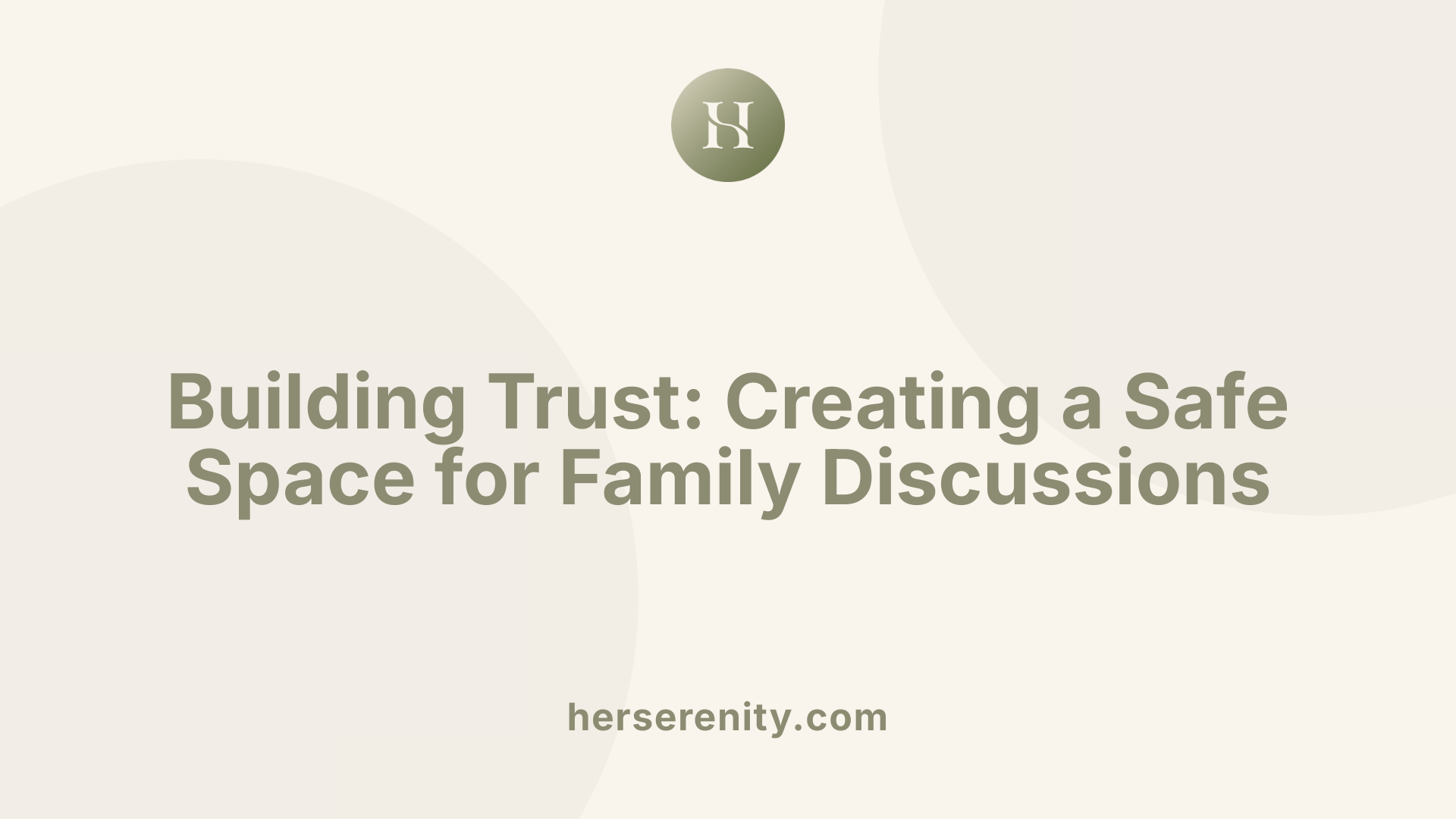 Talking openly about fertility, conception, and family origins can significantly strengthen trust and honesty within families. One effective way to support this is by using resources like children’s books, counseling, and support groups. These tools help parents introduce complex topics in a way that children can understand at their developmental stage.
Talking openly about fertility, conception, and family origins can significantly strengthen trust and honesty within families. One effective way to support this is by using resources like children’s books, counseling, and support groups. These tools help parents introduce complex topics in a way that children can understand at their developmental stage.
Loving, honest communication creates a secure environment, encouraging children to share their feelings and ask questions freely. When children feel safe and supported, they are more likely to develop a healthy sense of identity and understanding of their family story.
Parents should aim to support their children emotionally while providing age-appropriate information. Early and ongoing conversations about their beginnings help normalize diversity and demonstrate that families come in many forms. For example, explaining that their family is special because they received medical help to have them can foster pride rather than confusion.
Using storybooks designed for children can make explaining fertility and conception less intimidating. Books that depict different ways families are formed, including donor conception or IVF, can help children better grasp their origins. Counseling and support groups, such as those provided by the Donor Conception Network, offer additional guidance and reassurance for families navigating these discussions.
It’s also helpful to prepare for questions related to reproductive assistance, such as sperm donation or egg freezing. When explaining these topics, simple, honest language is most effective. For instance, explaining that a helper might have provided sperm to help make a baby, like planting seeds or baking, can make the idea accessible.
Talking about fertility itself can be simplified by explaining that it’s about the body’s ability to make babies. For example, you might say that the body has a special way of growing a baby, but sometimes it needs a little extra help, and doctors can assist with that if needed.
As children grow, their capacity to understand increases. For young children, it’s best to start with basic concepts, such as every family being different but all filled with love. For tweens and teenagers, more detailed conversations about reproductive health and fertility preservation become appropriate. This ongoing dialogue helps prevent misconceptions and supports them as they develop their own understanding of family and reproduction.
Parents should be prepared to address emotional reactions with empathy and reassurance. Children may have questions about their identity, family heritage, or the process of assisted conception. Supporting resources—like counseling, children’s books tailored to fertility topics, and support networks—are valuable tools for helping children process their feelings.
A respectful attitude toward their family’s story and a positive framing can foster pride and confidence. Emphasizing love, support, and honesty creates a foundation for children to navigate their origins comfortably.
In summary, fostering a supportive family environment involves understanding children’s developmental stages, using appropriate resources, and maintaining open communication. This approach nurtures trust, helps children feel secure about their family’s unique story, and encourages a healthy, honest dialogue about fertility and conception.
Handling Sensitive Topics with Respect and Compassion
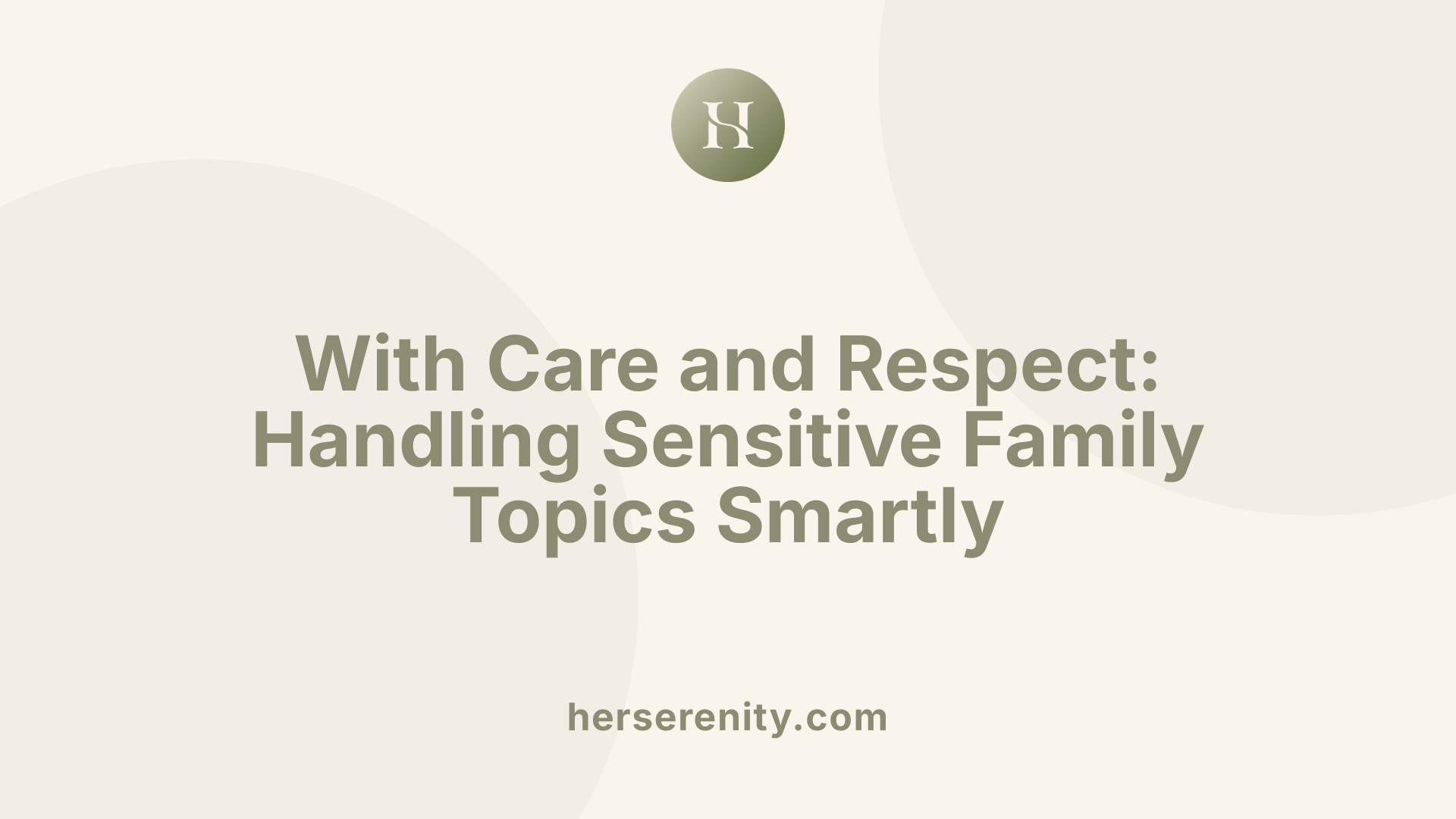 Discussing fertility, reproduction, and assisted conception methods with children requires a careful balance of honesty, empathy, and age-appropriate language. It’s vital to use language that supports children’s understanding without inducing shame or stigma. Framing these conversations around love, family, and natural human processes helps foster trust, openness, and reassurance.
Discussing fertility, reproduction, and assisted conception methods with children requires a careful balance of honesty, empathy, and age-appropriate language. It’s vital to use language that supports children’s understanding without inducing shame or stigma. Framing these conversations around love, family, and natural human processes helps foster trust, openness, and reassurance.
When explaining complex medical procedures such as sperm donation or egg freezing, it’s essential to do so with kindness and clarity. For young children, simple comparisons—like saying a helper provided a tiny seed to help make a baby—can make these topics less intimidating. For older children and teenagers, more detailed information about how reproductive assistance works can be offered, always emphasizing that their family’s story is special and full of love.
Supporting children emotionally includes acknowledging their reactions, answering questions honestly, and providing reassurance. Using supportive language helps children feel secure, valued, and free from shame. If they express confusion or distress, it’s important to listen actively, validate their feelings, and provide comfort.
Various resources can guide parents and caregivers in these conversations. Support organizations like the Donor Conception Network offer workshops and literature tailored for different age groups, helping families navigate these discussions effectively.
Talking openly about fertility and conception also involves supporting children’s understanding of their origins. Early, ongoing conversations—starting before they reach school age—can normalize diversity in family structures and help prevent misconceptions. For instance, explaining that everyone’s family is unique and that reproductive choices are part of personal and loving decisions encourages acceptance and respect.
It’s recommended to prepare for questions ahead of time. Common questions include inquiries about what was involved in the conception process, feelings about their origins, and the role of donors or surrogates. Answering with honesty, using age-appropriate language, and maintaining a positive attitude reinforces a sense of security.
In addition, therapeutic support from counselors and children’s books that depict diverse family stories can make these topics easier to discuss and understand. These tools can be especially helpful for children navigating complex feelings about their family’s reproductive history.
Age-specific guidance underscores the importance of tailoring explanations. For toddlers and preschoolers, simple descriptions like “You were made with love and a little help from medical science” work well. As children mature into school age, explanations can include basic facts about how conception occurs naturally and through medical assistance. Teenagers can handle a more detailed view, exploring topics like fertility preservation, law, and personal identity in relation to their family story.
Ultimately, fostering an environment of loving, honest, and open discussion helps children develop a healthy understanding of their family, builds their confidence, and affirms their sense of belonging. Respecting their curiosity, supporting their emotional reactions, and providing truthful information ensures these conversations contribute positively to their development and family relationships.
Law and Ethics in Fertility Treatment and Family Building
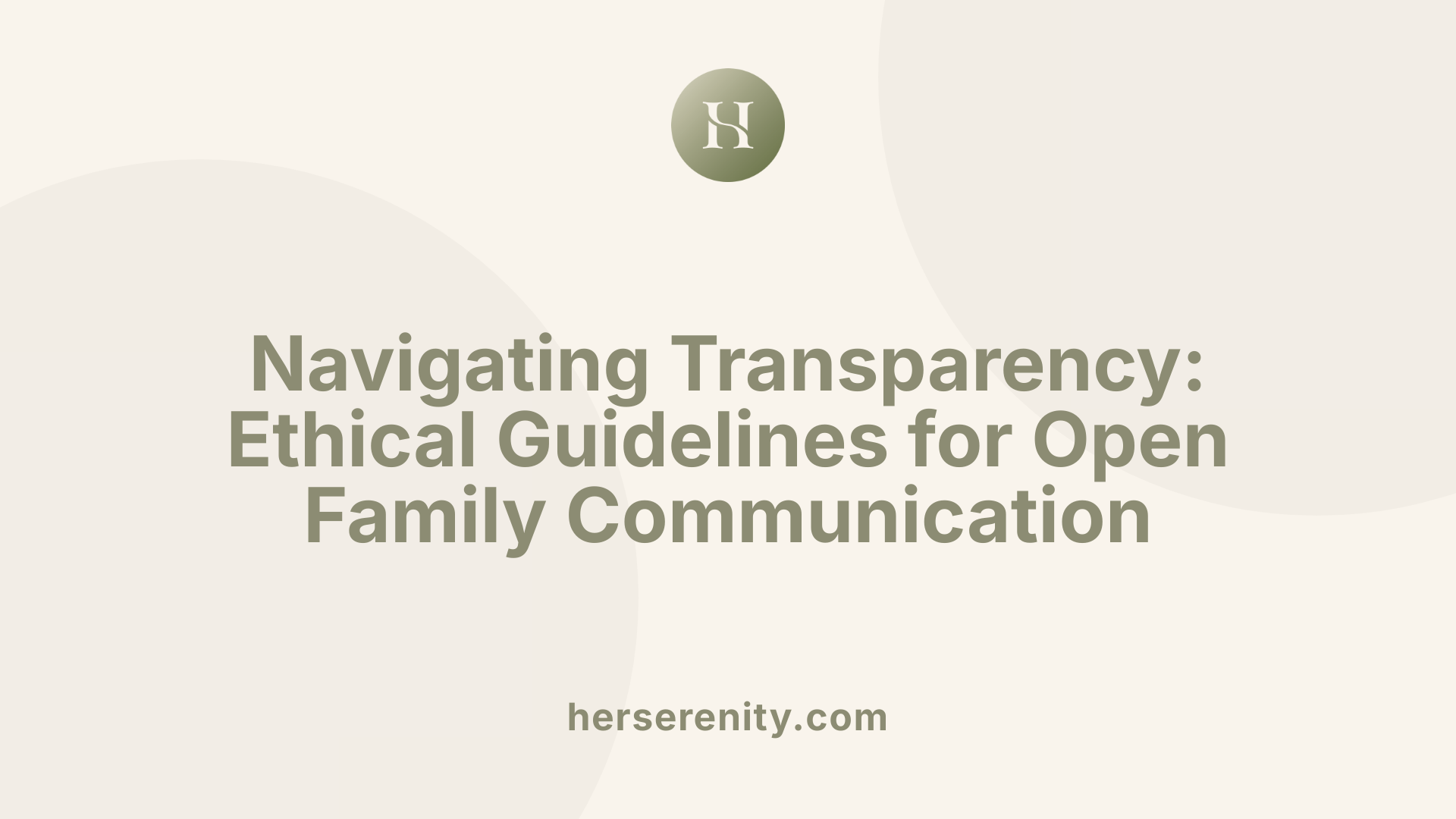
Understanding legal rights around donor conception and secrecy
Legal frameworks surrounding donor conception have evolved significantly over recent years. Originally, many donors could remain anonymous, meaning that children conceived with donated sperm or eggs could not access the donor's identity until they turned 18. Today, legislation in many countries, including the UK, allows donor-conceived individuals to access identifiable information about donors once they reach adulthood, promoting transparency and openness.
It is important for families to understand these legal rights, as they influence how families approach disclosure and communication about donor conception. Clinics and authorities such as the Human Fertilisation and Embryology Authority (HFEA) provide clear guidance on these laws, highlighting that children have the right to know their origins, especially if they were conceived after specific dates.
Legal rights also extend to the privacy preferences of donors, who might re-register to become identifiable, changing the information accessible to offspring. This development underscores the importance of open dialogue within families to align expectations and foster trust.
The importance of honest communication in adherence to ethical guidelines
Open and truthful communication is central to ethical family building. When discussing fertility treatments, including donor conception, honesty helps build trust and ensures that children understand their origins in an age-appropriate manner. Ethical guidelines from organizations like the Donor Conception Network emphasize the importance of early disclosure, ideally before the age of seven, to normalize the child's understanding and reduce feelings of secrecy.
Parents are encouraged to frame their family's story positively, emphasizing love and support. Explaining that medical help was used to conceive does not diminish the child's sense of belonging. Instead, it can foster pride and acceptance.
Talking about fertility, conception methods, or the involvement of donors should be tailored to the child's developmental stage. Younger children need simple explanations, while older children and teenagers can handle more complex information, including details about donor identity or medical procedures.
Awareness of legal changes affecting donor anonymity and family rights
Legal policies regarding donor anonymity have shifted, especially in the UK, where laws changed in 2005. From April of that year onward, donors could choose to remain anonymous or re-register as identifiable donors. When donors opt to be identifiable, their information can be accessed by the donor-conceived individuals once they turn 18.
Children conceived before this change generally cannot access donor identities, but they can access non-identifying information from age 16. These legal changes aim to balance the rights of donor-conceived persons to know their origins with donors' privacy.
Families should stay informed about these laws to make educated decisions about disclosure and to prepare for future conversations. Support organizations like the HFEA and the Donor Conception Network provide resources and updates on legislative changes, helping families navigate this complex legal landscape.
Below is a summary table integrating the various topics:
| Topic | Description | Additional Details |
|---|---|---|
| Legal rights | Regulations on donor anonymity and family rights | UK law changed in 2005, access to donor info at age 18 |
| Honest communication | Ethical importance of openness | Promotes trust, normalizes children's origins |
| Legal updates | Impact of legislative shifts | Donor re-registration as identifiable, variations by conception date |
Maintaining awareness of these evolving legal and ethical standards enables families to approach family building with confidence and integrity, ensuring that children's rights and family bonds are prioritized. Supporting resources, including professional counseling and informative literature, can further assist families in navigating this sensitive yet vital aspect of family life.
Creating a Foundation of Love and Respect
Ultimately, explaining fertility care and reproductive history to children requires a careful balance of honesty, age-appropriate language, and emotional support. By fostering open, loving dialogues from an early age and supporting children with resources and understanding, parents can help their children appreciate their unique family stories, develop healthy attitudes towards bodies and reproduction, and grow into confident, well-informed individuals. Remember, these conversations are part of ongoing family life, showing children that they are loved and valued for who they are.
References
- Blog | How to Talk to Your Child About IVF - Kindbody
- How do I tell my children? - Fertility Network
- Telling children, family and others | VARTA
- Preserving Fertility in Children and Teens with Cancer
- Impact on parenting and talking to children - Healthtalk
- Talking to Children About Their Donor Conception - Pinnacle Fertility
- Pediatric fertility preservation - Children's Health
- Talk to your child about their origins - HFEA
- Talking With My Young Child About Pregnancy & Reproduction




